Mijn naam is Kostas Nizamis, geboren in 1988 in Kavala, Griekenland. Sinds 2019 ben ik universitair docent in Multidisciplinaire Vormgeving bij de vakgroep Design, Production & Management (DPM) aan de Universiteit Twente. Mijn academische achtergrond omvat een Master of Engineering in Elektrotechniek en Computertechniek van de Democritus Universiteit van Thracië in Xanthi, Griekenland, gevolgd door een Master of Science in Biomedische Technologie aan de Universiteit Twente. Mijn promotieonderzoek in Biomechanische Technologie voltooide ik eveneens aan deze instelling.
Met mijn werk streef ik ernaar bij te dragen aan de ontwikkeling van kennis en praktijk binnen Systems Engineering, met een focus op multidisciplinaire technische communicatie. Hiermee wil ik de ontwikkeling van innovatieve oplossingen bevorderen die een positieve impact hebben op de samenleving.
Op dit moment ben ik Director of Transfer bij de non-profitorganisatie Authentia. (Geïnteresseerd? Bezoek dan onze website of onze pagina’s op Facebook en LinkedIn!).
Expertises
Computer Science
- Robotics
- Control
- Case Study
- Design
Medicine and Dentistry
- Duchenne Muscular Dystrophy
- Apoplexy
- Wrist
- Spinal Cord Injury
Organisaties
Mijn onderzoek richt zich op de toepassing van principes, hulpmiddelen en methodologieën uit Systems Engineering (SE) binnen uiteenlopende domeinen, met een bijzondere nadruk op multidisciplinaire projecten. Deze projecten bestrijken een breed spectrum, van de revalidatie van mensen met beperkingen tot besluitvormingsprocessen in de hightechindustrie en de effectieve inzet van industriële robotautomatisering in sectoren zoals schoonmaak en productie.
De overlappende domeinen van robot- en automatiseringssystemen, zorgsystemen en hightechsystemen vormen de kern van mijn onderzoeksvisie. Door SE-praktijken in deze gebieden te integreren, streef ik ernaar complexe vraagstukken aan te pakken en innovatie te stimuleren in het ontwerp en de implementatie van geavanceerde systemen — met als uiteindelijk doel het verbeteren van Multidisciplinaire Communicatie binnen Systeemontwerp.
Publicaties
2025
2024
2023
Onderzoeksprofielen
Ik wil verschillende wetenschappelijke disciplines met elkaar verbinden en de communicatie tussen vakgebieden verbeteren via onderwijs. Ik heb een passie voor onderwijs: ik geef met veel plezier les aan zowel universiteitsstudenten als aan mensen die hun leven lang blijven leren. Mijn betrokkenheid bij vernieuwende onderwijsprogramma’s heeft me de kans gegeven om studenten van alle opleidingen aan de Universiteit Twente les te geven. Daarnaast draagt mijn samenwerking met het bedrijfsleven aan het ontwikkelen van programma’s voor Continue Professionele Ontwikkeling (CPO) bij aan diezelfde visie. Op deze manier ontwerpen en leren we samen door te werken aan échte, multidisciplinaire vraagstukken.
Ik ben coördinator van de HTHT-minor Science 2 Society, waarin ik Challenge-Based Learning toepas om interdisciplinair leren te stimuleren. (https://www.utwente.nl/en/education/electives/minor/offer/htht-minors/#htht-%E2%80%93-minor-packages-215-ec)
Daarnaast geef ik Systems Engineering aan bachelorstudenten Werktuigbouwkunde, evenals aan professionals in de industrie.
Ook ben ik secretaris van de Opleidingscommissie (OLC) voor de bachelor- en masteropleiding Industrieel Ontwerpen. (Meer informatie hier).
Verbonden aan opleidingen
Vakken collegejaar 2025/2026
Vakken in het huidig collegejaar worden toegevoegd op het moment dat zij definitief zijn in het Osiris systeem. Daarom kan het zijn dat de lijst nog niet compleet is voor het gehele collegejaar.
- 202000023 - SEM 4 Systems Engineering
- 202000226 - Scientific Challenges IDE
- 202000230 - Minor: From Idea to Prototype
- 202000234 - Minor: From Prototype to Society
- 202000250 - Internship
- 202400016 - Minor: Humanitarian Engineering
- 202400593 - Leading Systemic Change
- 202500484 - Humanitarian Engineering for Inclusive a
Vakken collegejaar 2024/2025
Ik neem deel aan meerdere projecten binnen de domeinen van robotica en automatisering, zorgsystemen en hightechsystemen.
Lopende projecten
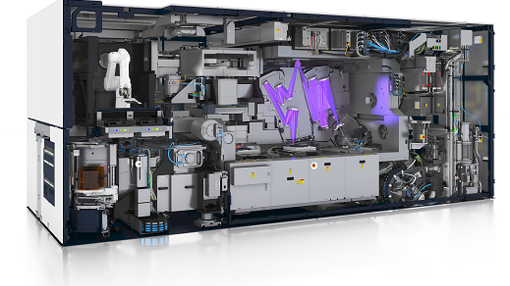
SPLASH
Systems and Portfolio development and Architecting using Systems engineering by Humans
Semiconductor devices are advancing rapidly in three aspects: miniaturization of components, device innovations, and material innovations. These advancements result in increasing demands on semi-conductor equipment, putting pressure on, and complicating the equipment development and production processes. Besides, fierce competition in the semiconductor market makes reliability, productivity, cost, and time to market the equipment crucial. In this research project, ASML and the UT will research how to factor in these aspects while increasing the state-of-the-art performance of the equipment, using a systems engineering approach on a technological and organizational level.
Freehabilitation
Slimme tools voor facilitering van handrevalidatie geïntegreerd in de thuissituatie
Mensen met handproblemen, zoals bij CVA patiënten in de chronische fase, ondervinden dagelijkse belemmeringen bij bijv. eten, aankleden en schrijven. Huidige fysiotherapie vereist veel motivatie en tijd; momenteel oefenen patiënten thuis maar 15 min/dag i.p.v. de aanbevolen 30 minuten. Onze hypothese suggereert dat het integreren van handoefeningen in dagelijkse huishoudelijke producten de trainingsduur kan verbeteren. Samen met vier artsen en zes CVA-patiënten hebben we handrevalidatieoefeningen geïntegreerd in alledaagse voorwerpen zoals tandenborstels, koffiekopjes, placemats, computermuizen en kookspatels. Dit project verbetert deze hulpmiddelen en evalueert bij een grote groep cva-patiënten of het gebruik ervan leidt tot meer trainingstijd dan conventionele benaderingen.
Voltooide projecten
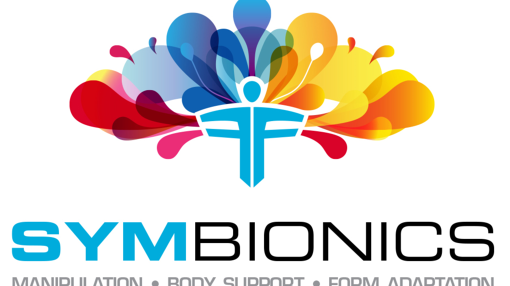
Intention Amplifying in Hand Orthoses
SYMBIONICS The objective of the Symbionics program is to create systems that co adapt automatically, either intrinsically by design, by control, or a combination of both. Moreover, it is of great importance that any wearable orthosis should be inconspicuous, in order enhance social acceptance We intend to develop an intuitive hand orthosis for active hand support for people with Duchenne Muscular Dystrophy (DMD).
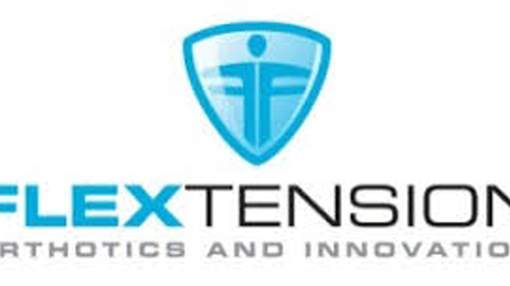
Flextension A-Gear
Flextension is an initiative of the Dutch Duchenne Parent Project. The Flextension initiative was started in 2007, as response to the demand from the Duchenne community to find technological solutions for boys and young men with Duchenne muscular dystrophy to improve their quality of life. The board of the foundation consists of volunteers who are active in the Duchenne community and volunteers working in different universities. The purpose of the Flextension Foundation is developing new tools that improve the quality of life of boys and young men with Duchenne. In the past seven years, the Flextension Foundation became an organization that has initiated numerous research projects with more than 40 partners in several countries.

WeCord
Open Educational Resources on Enabling Technologies in Wearable and Collaborative Robotics (WeCoRD) project will establish a strategic partnership for modernising postgraduate and continuous professional education in the field of robotics, making it more relevant to the users, labour market and industry needs, boosting skills and employability of learners.
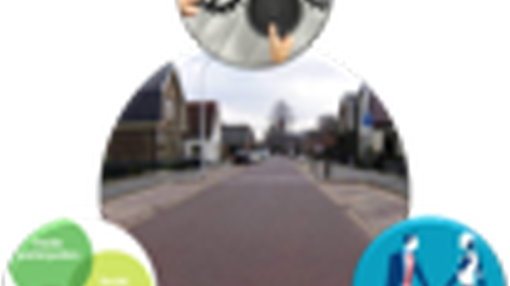
CHEtGUM
Human-machine cooperation and societal impact in the development of a chewing gum removal robot
Chewing gum removal from public places is a labor-intensive and costly task, creating the demand for a responsible way of cleaning and keeping public spaces clean. Our goal is to develop a cleaning robot, by the integration of mechatronics, with a responsible design, aware of its social impact, and finally, the symbiosis of automation and human supervision.
OSCAR
Design of an Office Space Cleaner Assisting Robot
Cleaning has a high physical and cognitive load for the cleaner. Also, the cleaning sector is increasingly confronted with new technologies that might have unforeseen consequences – especially robotics. On the one hand, robotics can be seen as a threat when the robot replaces the human being, on the other hand, there are also opportunities if a robot supports the cleaner, for instance when the cleaner gets older. Moreover, robotics offers possibilities to create space for work that cannot be done now. The central challenge for the responsible development and implementation of robots is to realize a concrete robotic cleaning system by means of an iterative design process to develop the current first idea into a concrete prototype.
Welkom op mijn pagina met mediaoptredens.
Hier kun je mijn bijdragen aan verschillende media bekijken, waaronder interviews, podcasts en discussies over onderwerpen binnen mijn vakgebied. Deze pagina dient als bron van inzicht in mijn perspectieven en opinies zoals gedeeld in het publieke domein.
Voor mediavragen of meer informatie kun je rechtstreeks contact met mij opnemen.
In de pers
- Interview about the ending of Symbionics Project and future directions (https://www.imdi-sprint.nl/wp-content/uploads/2018/11/SPRINT-newsletter-46-november-2018-NED..pdf)
- Invited talk on Challenge-Based Learning at UT: Challenge-based education at the University of Twente – interdisciplinarity at work (https://www.4tu.nl/cee/events/webinar-series-challenge-based-education-at-ut/).
- Interview (from the 14:00 minute and on) on handling research data after concluding the research, by the Digital Competence Center (DCC): https://community.data.4tu.nl/2021/06/17/what-to-do-with-the-data-after-your-research/
- Web series about ECIU University - Episode 1
- The first and the second part of the story of bringing Authentia Foundation to life
- A wonderful story about how we turn daily objects into tools for hand rehabilitation after stroke!
- Freehabilitation: Een Nieuwe Manier om Thuis te Revalideren
- Freehabilitation: A toolkit for Improving Hand Functions through Activities of Daily Living (Dutch Design Week - 4TU Design United Expo)
Adres
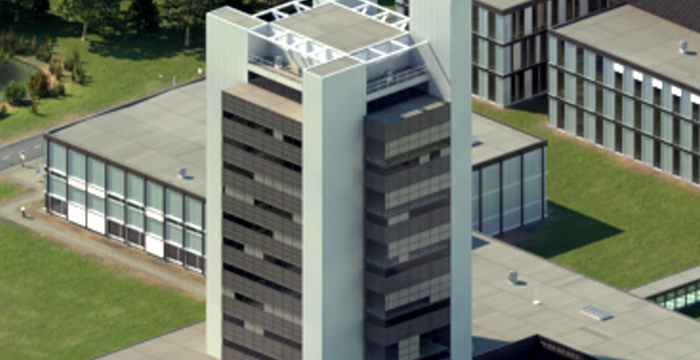
Universiteit Twente
Horst Complex (gebouwnr. 20), kamer W224
De Horst 2
7522 LW Enschede
Universiteit Twente
Horst Complex W224
Postbus 217
7500 AE Enschede